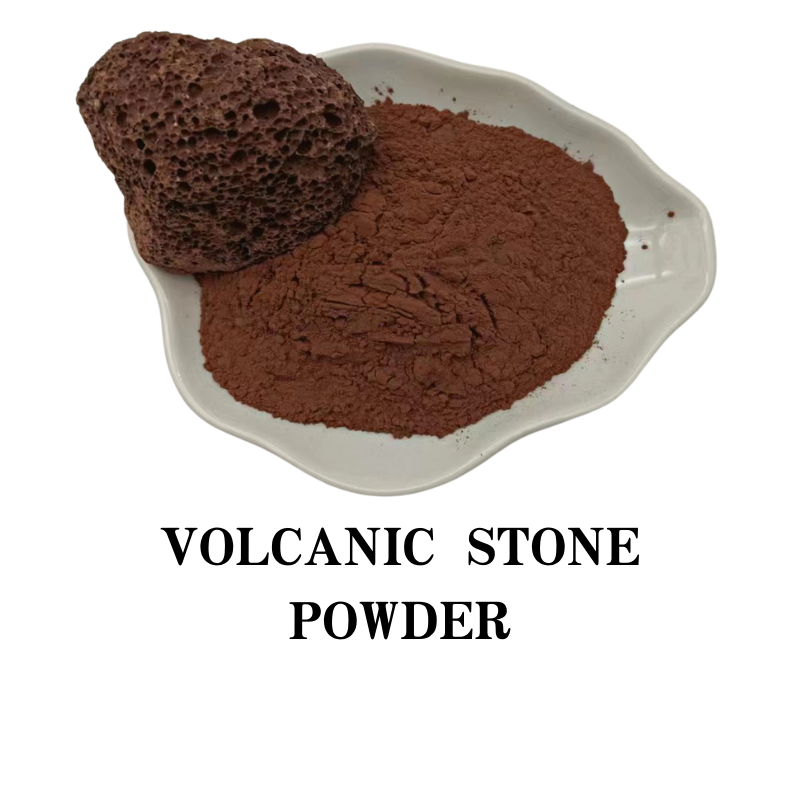
Bleaching Clay Applications in the Refinement of Edible Oils for Improved Quality
The Role of Bleaching Clay in Edible Oil Refining
Bleaching clay plays a crucial role in the refining of edible oils, a process that enhances not only the quality but also the safety and marketability of these oils. The use of bleaching clays, primarily montmorillonite and other natural clay minerals, is an essential step in the final stages of refining edible oils, aimed at removing unwanted pigments, odorous compounds, and other impurities. This article explores the significance, functionality, and implications of bleaching clays in edible oil production.
Understanding Bleaching Clay
Bleaching clay, also known as activated clay, is derived from naturally occurring clay minerals that undergo a filtration and activation process. The activation process typically involves thermal treatment and acidification to increase the surface area and enhance the adsorption properties of the clay. This makes it highly effective in capturing certain impurities found in crude oils.
The Refining Process
The refining of edible oil generally involves several crucial steps degumming, neutralization, bleaching, and deodorization. While degumming and neutralization remove phospholipids and free fatty acids, the bleaching process specifically targets color compounds and other non-polar impurities.
During the bleaching process, crude oil is mixed with bleaching clay and heated. The adsorption capabilities of the clay allow it to bind with pigments such as carotenoids and chlorophyll, resulting in a lighter-colored oil. Additionally, it helps in removing trace metals, oxidation products, and other impurities that could affect the oil's flavor, stability, and shelf life.
Benefits of Using Bleaching Clay
bleaching clay for edible oil

1. Color Improvement The primary benefit of bleaching clay is its ability to remove unwanted pigments, leading to a more appealing oil. Consumers often associate lighter-colored oils with higher quality.
2. Enhanced Stability By eliminating oxidation products and trace metals, bleaching clay contributes to the oxidative stability of the oil, thus extending its shelf life. This stability is essential for both manufacturers and consumers, ensuring the oil remains safe and palatable over time.
3. Odor Control The presence of off-odors in crude oils can deter consumers. Bleaching clay helps to absorb and reduce these undesirable smells, making the product more appealing.
4. Food Safety The refining process, including the use of bleaching clay, contributes to food safety by removing potentially harmful impurities. This is particularly important given the regulatory standards that govern edible oils.
Environmental and Health Considerations
While bleaching clays are generally regarded as safe, there are environmental considerations to take into account. The mining and processing of clay can have ecological impacts, and the disposal of spent clay must be managed responsibly to minimize environmental damage. Furthermore, depending on the clay source and activation process, some clays may contain trace contaminants that should be monitored closely.
Conclusion
Bleaching clay is an indispensable component of edible oil refining. Through the removal of pigments, odors, and impurities, it significantly improves the quality, safety, and appeal of edible oils. As the demand for high-quality and safe food products continues to grow, the role of bleaching clay in oil refining will likely remain pivotal. However, it is essential for producers to balance the benefits of using bleaching clays with environmental stewardship and health safety. Advances in technology and sustainable practices will play a critical role in shaping the future of edible oil refining.
Share
-
Premium Pigment Supplier Custom Solutions & Bulk OrdersNewsMay.30,2025
-
Top China Slag Fly Ash Manufacturer OEM Factory SolutionsNewsMay.30,2025
-
Natural Lava Rock & Pumice for Landscaping Durable Volcanic SolutionsNewsMay.30,2025
-
Custom Micro Silica Fume Powder Manufacturers High-Purity SolutionsNewsMay.29,2025
-
Custom Mica Powder Pigment Manufacturers Vibrant Colors & Bulk OrdersNewsMay.29,2025
-
Custom Micro Silica Fume Powder Manufacturers Premium QualityNewsMay.29,2025






